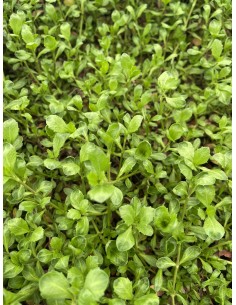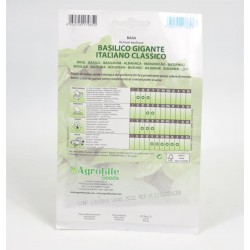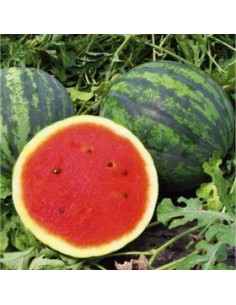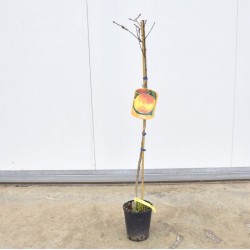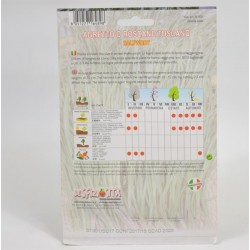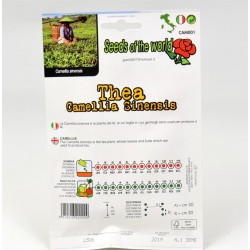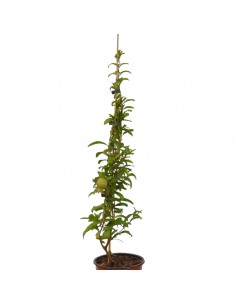Baresana grape tree
Generalities:
Baresana grapes are also called Uva Turca, Uva di Bisceglie, Lattuario bianco and Imperatore, are just some of the names with which in different parts of Italy they call Baresana. Ripe from the end of August, it has a medium sized cluster, pyramidal in shape, winged and not always compact. The large berry of light golden color contains a crisp and not particularly incisive pulp. It is not very resistant to transport but its high quality distinguishes it from other varieties. Sweet and very fruity, it is recognized the right ripeness only when the grain, becoming transparent, allows a clear glimpse of the seeds inside.
- jar 16cm, height 120/130cm
Generalities:
The grapes of the Baresana grape are consistent, white or yellow in color, medium in size and with a fairly sweet taste. The only "flaw" lies in the fact that it is poorly preserved as soon as it is picked and is not suitable for long journeys, therefore its cultivation is slowly disappearing. Like other types of grapes, it contains sugars, minerals and vitamins (A, B and C). Some of the benefits of consuming it are that it helps solve some circulation problems and those related to the lazy intestinei.
Cultivation and Care:
The cultivation of table grapes is also possible in pots.For the sapling cultivation, wooden poles are used as supports; subsequently the screw must be fixed with galvanized wires at different heights, the shoots with plastic ties will be fixed to them. The grape harvest begins from mid-July to late December, depending on the variety and cultivation technique. It should be remembered that the grapes must be irrigated starting from flowering while the irrigations must be suspended 15 days before the harvest to avoid the splitting of the berries. As regards pruning, old branches must be expertly cut. Pruning is preferably done in autumn or late winter.



